Precision Docking for Rail Transfer Carts Smart Handling
In modern industrial settings, rail transfer carts are critical equipment for material handling. From automobile assembly lines to heavy machinery workshops, from logistics warehouses to precision electronics factories, these material handling devices that operate along fixed tracks rely on precise docking for every stop, which directly impacts the entire production chain. Precise docking is not only a technical specification but also a core factor determining production efficiency, product quality, and operational safety.
Rail Cart Handling Solution
Breaking Through Modern Industrial Productivity
- Efficiency Improvement
When the docking precision of rail transfer carts reaches the ±1mm to ±5mm level, it means that the material handling process achieves “zero adjustment” connectivity. In automotive welding workshops, this precision enables robotic arms to directly pick up workpieces from transfer carts on rail for welding, eliminating the need for manual alignment, which previously took 30 seconds per operation.
In logistics sorting centers, seamless integration with AGV is achieved, increasing hourly throughput by over 20%. This “stop-and-work” model directly compresses production cycles, driving a qualitative leap in supply chain turnover speed.
- Quality Assurance
In precision instrument assembly, even a deviation of a few millimeters can result in the scrapping of parts worth tens of thousands of dollars. A certain aircraft engine workshop once suffered direct losses of more than $100,00 due to a 3-millimeter positioning deviation of rail transfer cart, which caused scratches during the docking of the rotor and the casing. High-precision docking eliminates the risk of mechanical collision and establishes an insurmountable barrier for product quality stability.
- Automation Upgrades
The core of a smart factory lies in the autonomous collaboration between equipment, and the precise positioning of rail transfer cart for factory is the foundation of such collaboration. When rail transfer cart can stably stop at pre-set positions, robotic arms can execute grasping operations according to programs, and automated system can achieve precise storage and retrieval. Without this prerequisite, the concept of a “lights-out factory” remains merely theoretical.
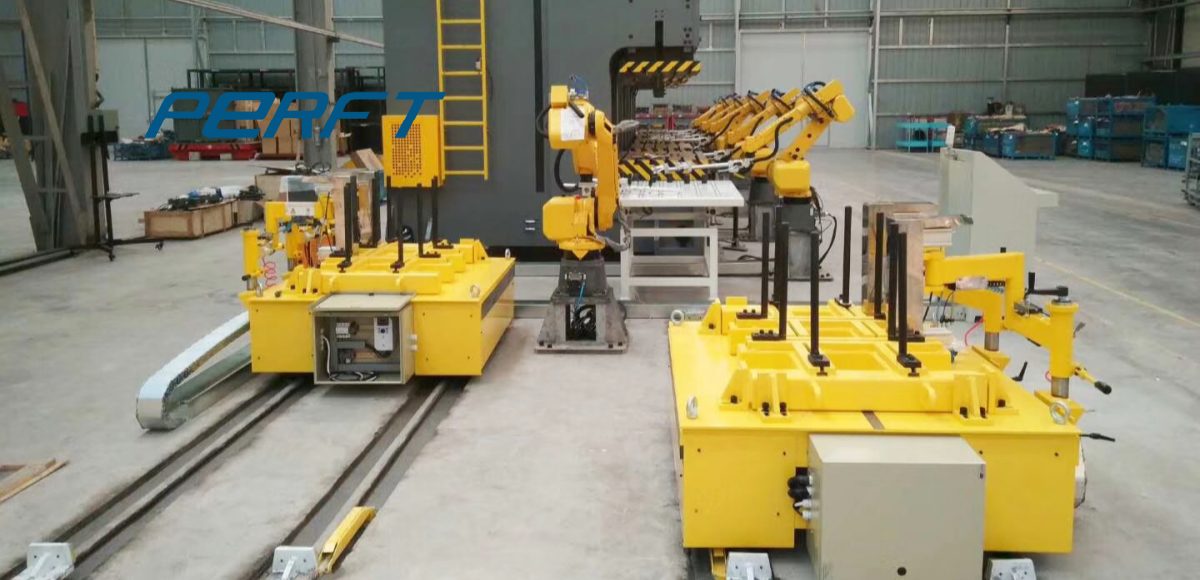
6 Key Factors Affecting Positioning Accuracy of Rail Transfer Cart
- Control System
The precision of the servo drive system and PLC controller directly determines the upper limit of positioning accuracy. Closed-loop servo systems can correct operational deviations in real time, achieving positioning accuracy 3–5 times higher than traditional variable frequency drives. A new energy battery factory reduced rail car positioning errors from ±15 mm to ±3 mm by upgrading its control system.
- Sensing Devices
Laser distance sensors maintain a measurement accuracy of ±0.1mm within a 100-meter range, making them the preferred choice for high-precision applications; magnetic encoders perform more stably in dusty or oily environments. These sensors provide millisecond-level position feedback, offering precise adjustment references for the control system.
- Braking System
Electromagnetic brakes must respond within 0.3 seconds to prevent inertial slippage. In heavy-load scenarios, hydraulic brakes combined with disc brake systems can achieve “zero-slip” stopping, ensuring the load’s center of gravity remains stable.
- Track and Travel Mechanism
The flatness error at track joints must be controlled within 0.5 mm; otherwise, it will cause periodic vibrations that affect positioning. When the roundness deviation of the wheels exceeds 0.1 mm, each rotation will cause a position fluctuation.
- Environment and Load
Oil contamination on the track surface can cause wheel slippage, resulting in discrepancies between actual displacement and commands; a 5% shift in the load’s center of gravity may cause minor deviations in transfer cart on rail operational trajectory.
- Algorithms and Tuning
Optimizing PID parameters can compensate for mechanical inertia, while feedforward control algorithms can anticipate load changes in advance. A heavy machinery factory improved positioning repeatability from ±8 mm to ±2 mm through 600 on-site debugging sessions.
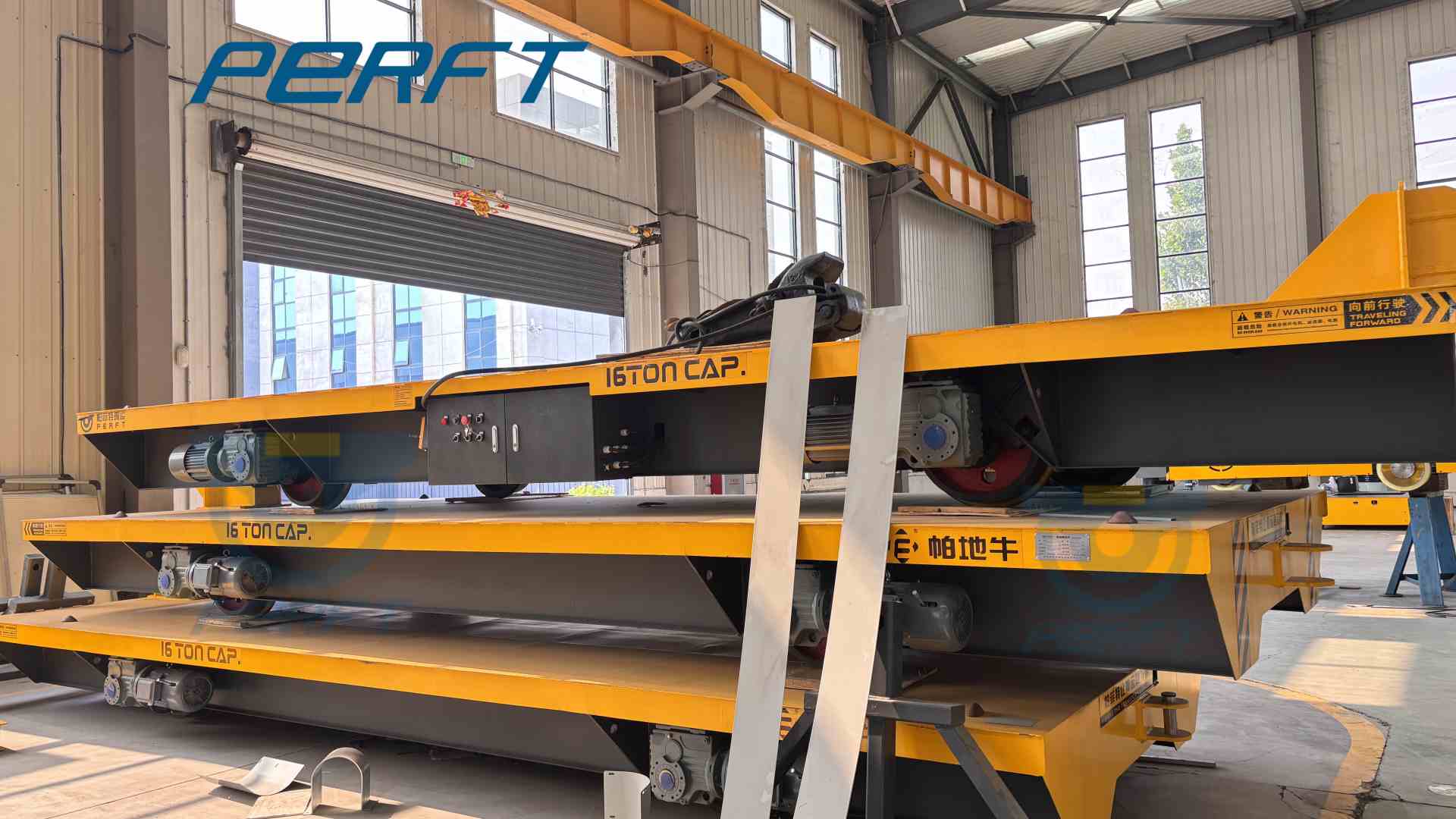
Precise alignment of electric rail transfer cart has transcended the significance of the equipment itself, becoming an indispensable component of the smart manufacturing system. Companies that prioritize “last-millimeter” precision are building unmatched competitive advantages through more efficient, safer, and smarter production models.
Back to List
-
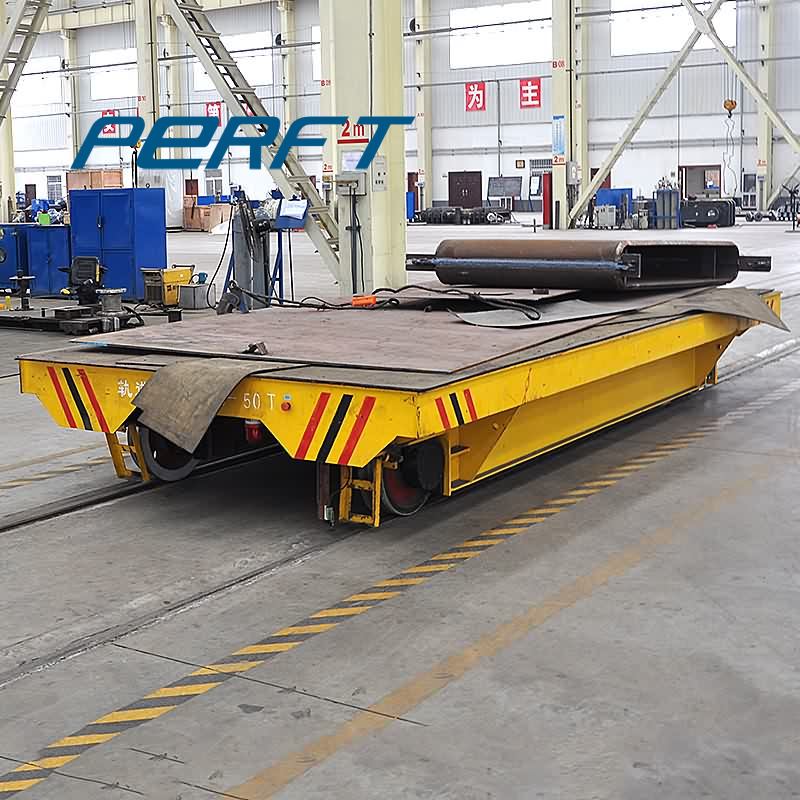 下午5:00Precision Docking for Rail Transfer Carts Smart Handling
下午5:00Precision Docking for Rail Transfer Carts Smart Handling -
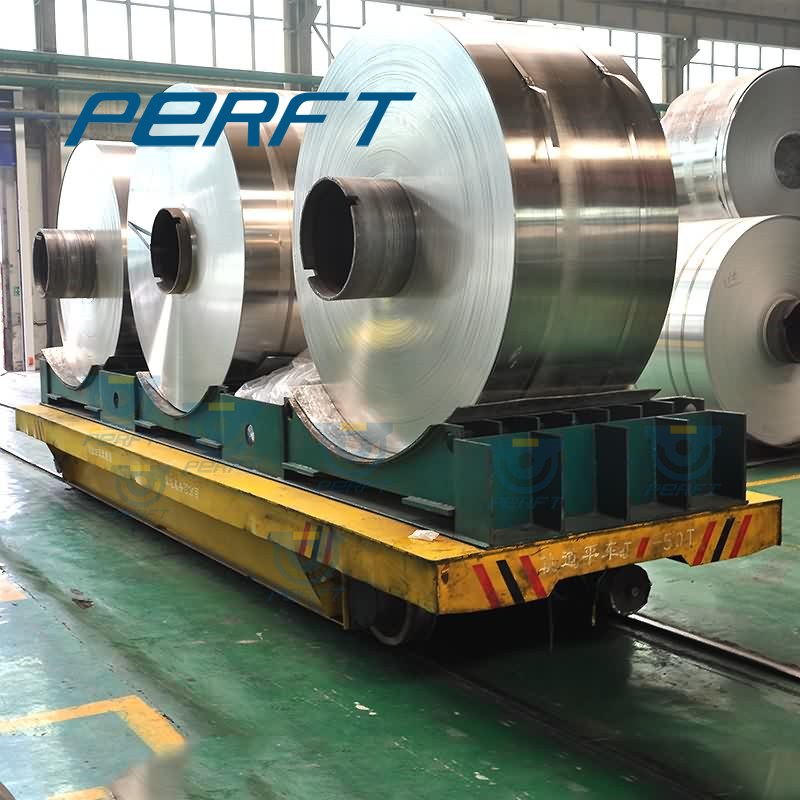 上午9:33C-Hooks and Coil Transfer Carts
上午9:33C-Hooks and Coil Transfer Carts -
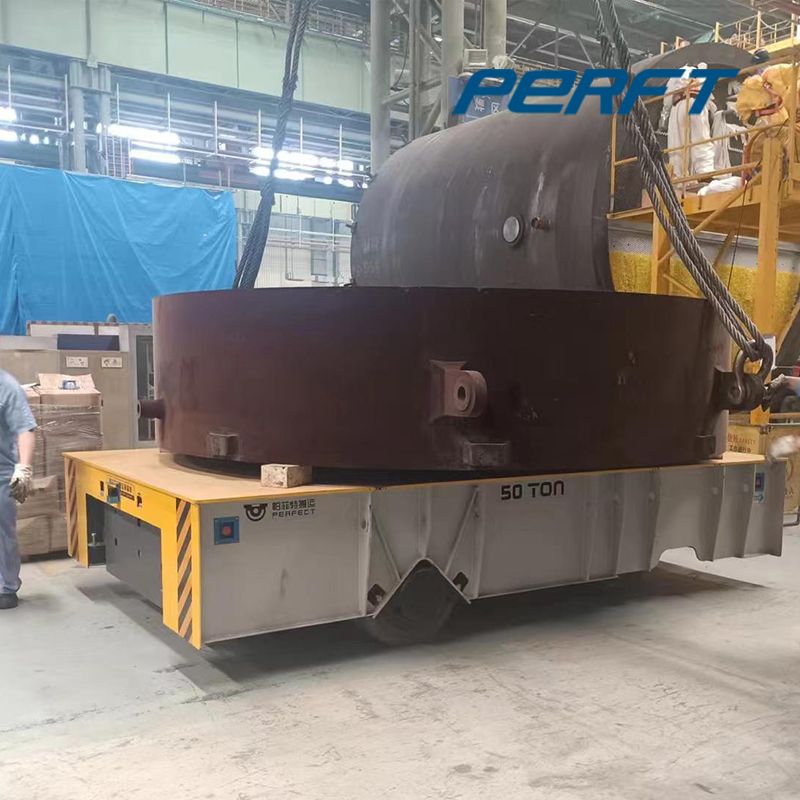 下午6:23Transfer Carts vs. Forklifts: Which is the Better Handling Equipment for You?
下午6:23Transfer Carts vs. Forklifts: Which is the Better Handling Equipment for You? -
 上午10:37Rail Transfer Cart Track Installation Requirements & Features
上午10:37Rail Transfer Cart Track Installation Requirements & Features -
上午9:41Electric Rail Transfer Carts: Types, Load Capacity & Selection Guide

